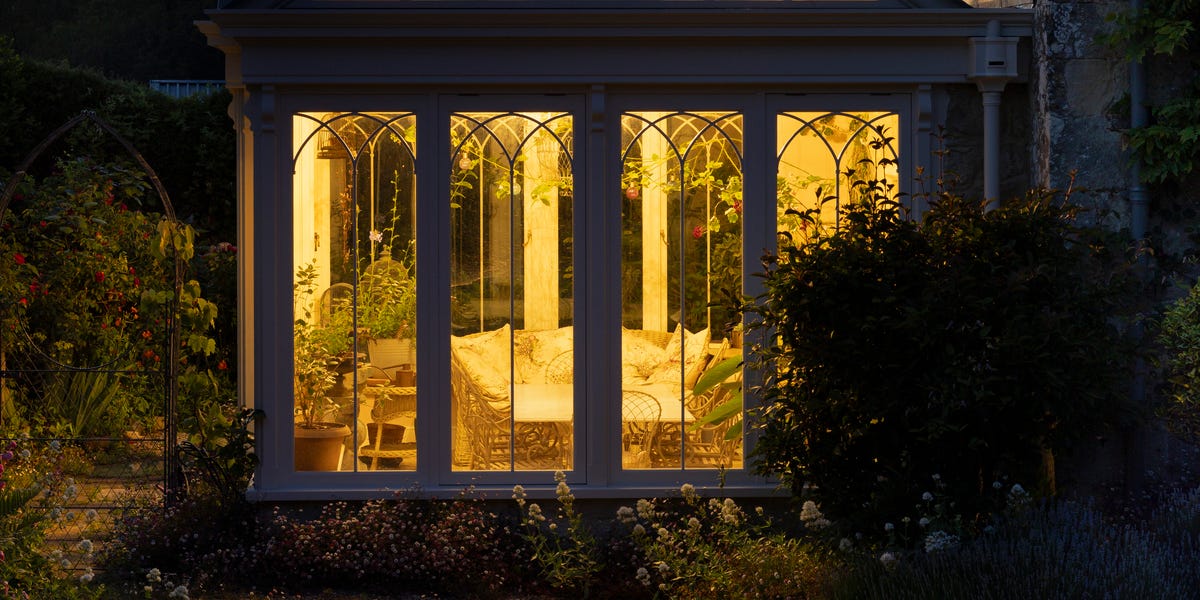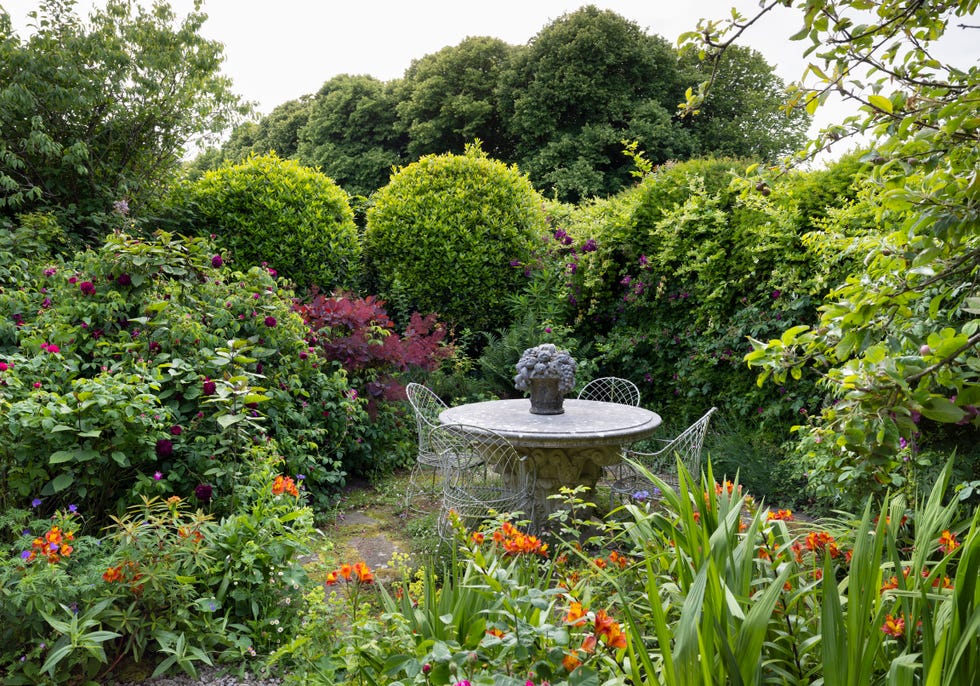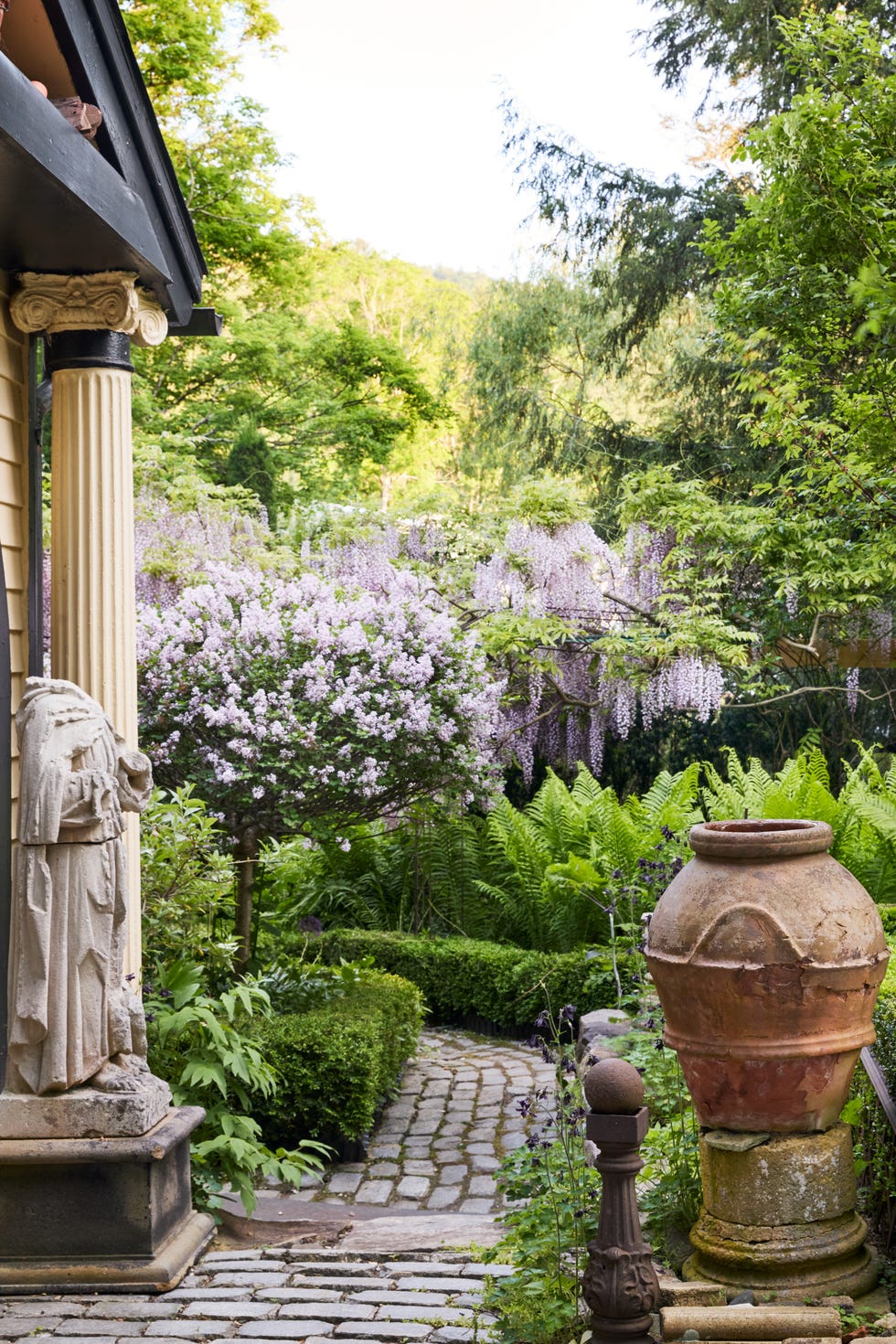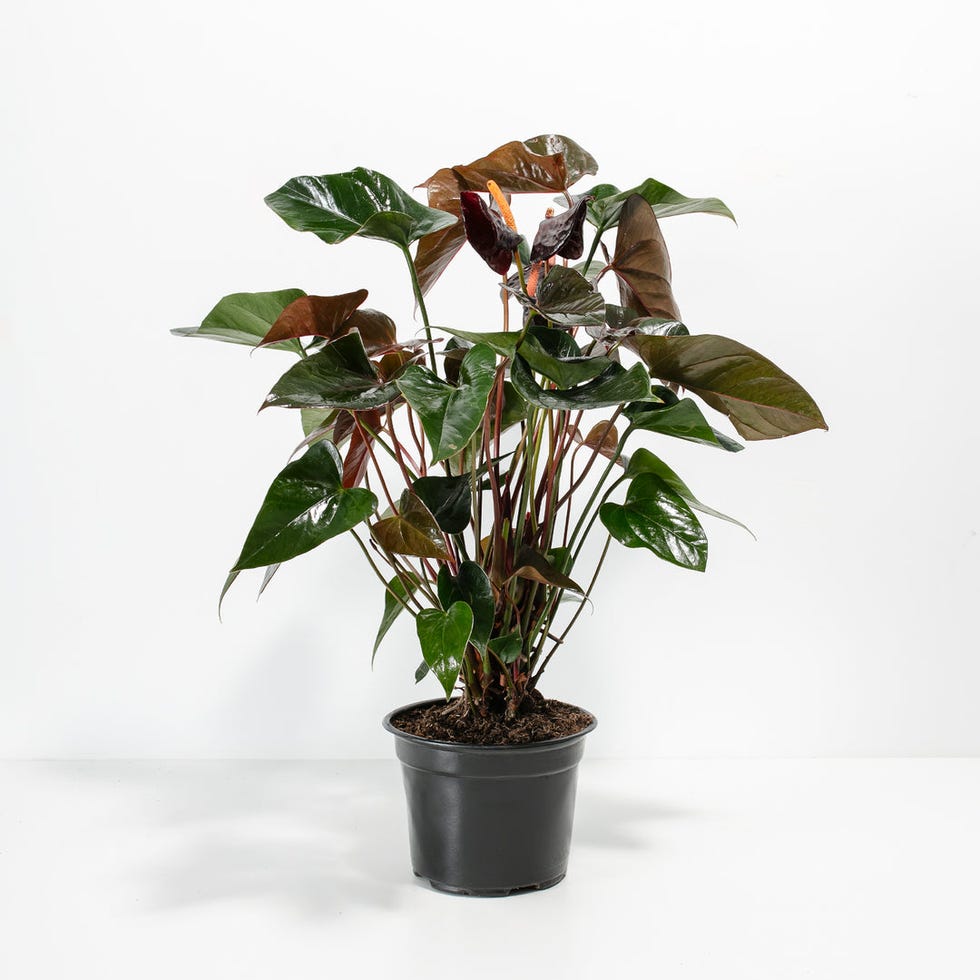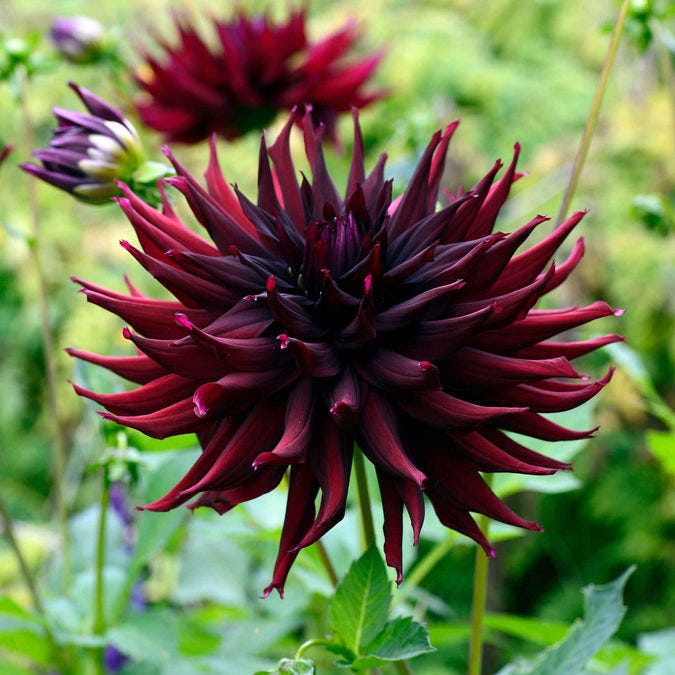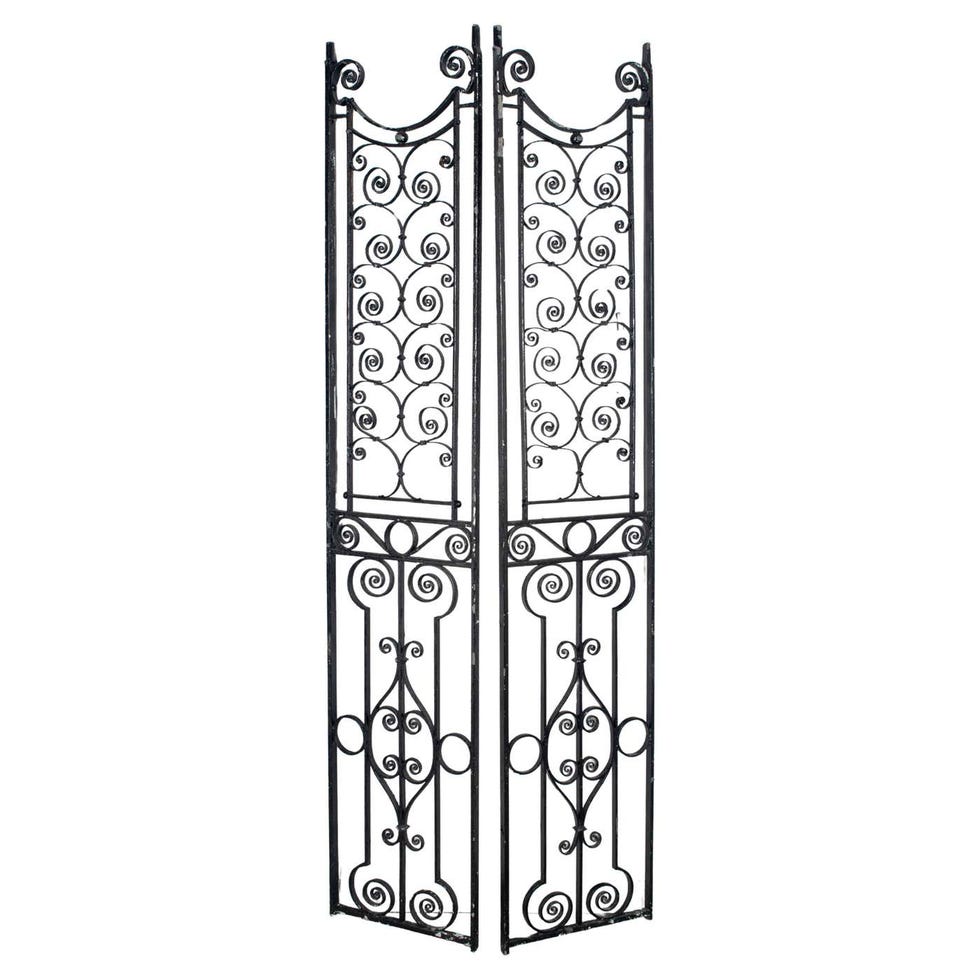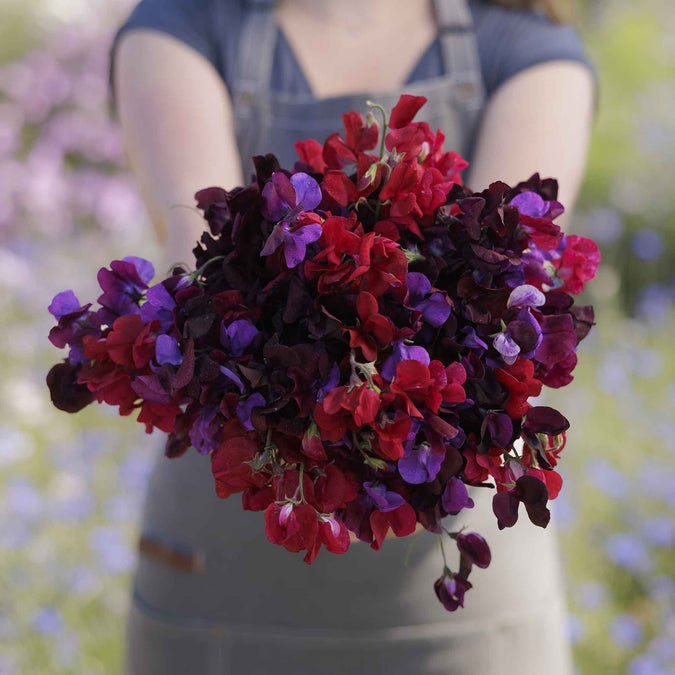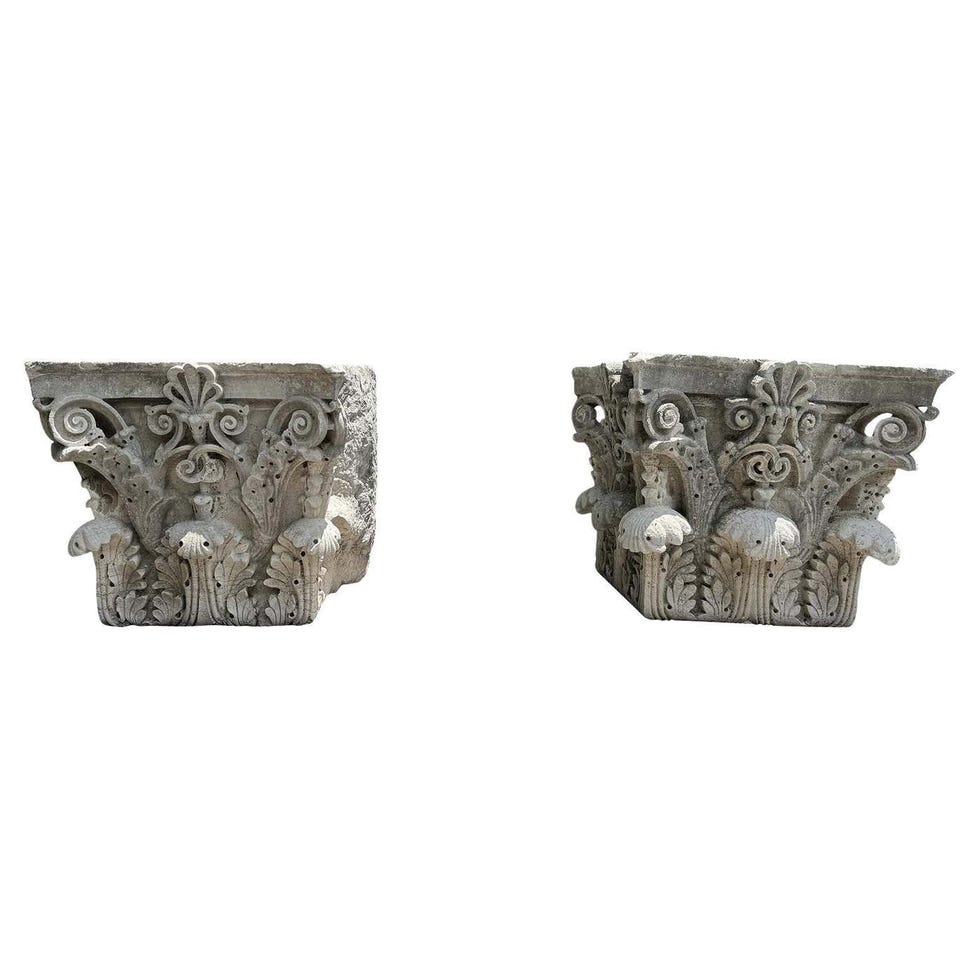Maybe it's the rise of moody colors or the return to decadence thanks to trends like Castlecore, but I can't stop thinking about the mystery and romance found in gardens full of dark blooms. A touch of Black Beauty dahlias here and a touch of midnight sweet peas there, and the drama is heightened in an unconventional, daring way that makes you want to linger.
I'm not alone in this fascination with almost black plants, as this “Gothic garden” trend has captured the hearts of garden experts and lovers alike over the last year. Helen Gutierrez, owner of Rare Naked Plant Co. in Miami and Palm Street expert, explains that the rise of this trend lies in the shocking versatility and unconventional beauty of these bold flowers and foliage.
“Black plants are like the little black dress of the garden—they work just about anywhere,” says Gutierrez. “They bring this moody, dramatic vibe that makes everything else around them pop. Bright flowers look brighter, fresh green leaves look fresher, and the whole room just feels more layered and interesting.”
Black blooms are naturally magnetic and inspire a sense of rebellion, yet they look just as timeless as the pink roses and showy white hydrangeas that pop up in traditional gardens. As we enter 2026, the appeal of black blooms will continue to grow among garden enthusiasts, but I expect this trend to continue to evolve and people will not only reach for bold plantings, but also incorporate more Gothic motifs as well as unique, antique statues and vessels to create landscapes that express their individuality.
Today's Gothic garden does not aim to emulate its medieval predecessors, but rather features unusual textures, stunning architecture, winding paths and a sense of mystery in which one can get lost, both figuratively and literally.
“People prefer gardens that feel personal, not just pretty,” says Gutierrez. “A Gothic garden isn't about copying old Victorian styles; it's about creating a space that feels dramatic, atmospheric and expressive.”
Perhaps no garden better exemplifies this enchanting embrace of the dark side of gardening Louise Ness' natural paradise on the Isle of Wight, England, featured in our latest night-themed issue. Although the amateur gardener wasn't interested in creating a Gothic garden per se, she took cues from the original Gothic architecture of her early 19th-century home, a former Church of England vicarage, by creating a garden that feels like it's been there forever, flirting with the drama of the space and evoking the magic of twilight. Throughout the grounds you'll find winding paths that lead to secret nooks surrounded by eggplant roses and leaves, as well as a newly designed conservatory perfect for nighttime gatherings under the stars.
When designing your own gothic holiday, it's important to find a balance between light and dark plantings for optimal effect. There are a plethora of almost-black plants to choose from—like black irises, Queen of the Night tulips, and even lilies—but Gutierrez almost always recommends pairing your already established, brightly colored plants with dark anthuriums, explaining, “Their almost-black velvet leaves look like living sculptures and are unbeatable.” She adds, “Pairing black leaves with silvery plants or something colorful also adds that 'wow' contrast without feeling forced.”
When choosing furniture, antiques, and sculptures for your garden, look for pieces that feel like they've always been there and carry a sense of history just waiting to be discovered. If antiquarian Michael Trapp's own Connecticut garden (above) has taught us anything, it's that a headless 18th-century French limestone saint can actually seem like a delightful surprise.

Sarah DiMarco (she/her) is an Associate Editor at VERANDA, where she produces and edits engaging content on design, architecture, art, gardening and travel. Since joining the team in 2019, she has written captivating home tours, in-depth features on new design trends, practical gardening guides and inspiring travel stories. Over her five-year career, she has built a strong network of multidisciplinary designers, whose expertise she often draws on for her stories. Before joining VERANDA, she earned her master's degree in magazine, newspaper and online journalism from Syracuse University. When she's not writing or researching her next feature film, you can find her experimenting in the kitchen, making pottery, or volunteering at Desert Island Supply Co.
